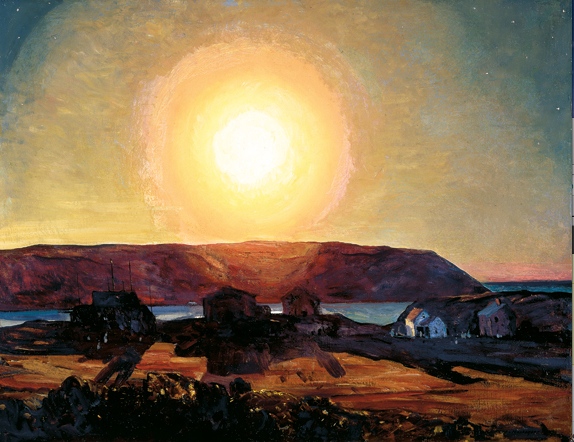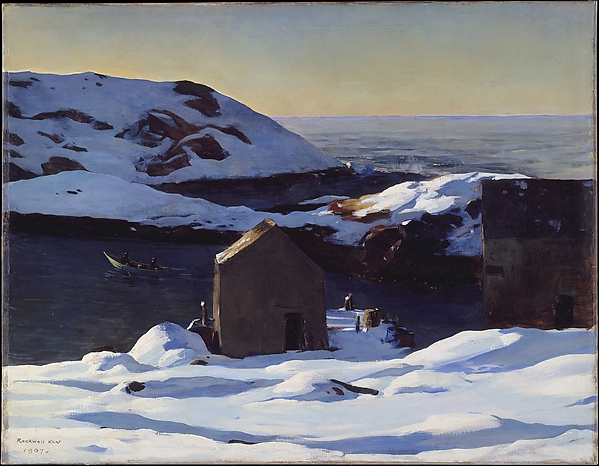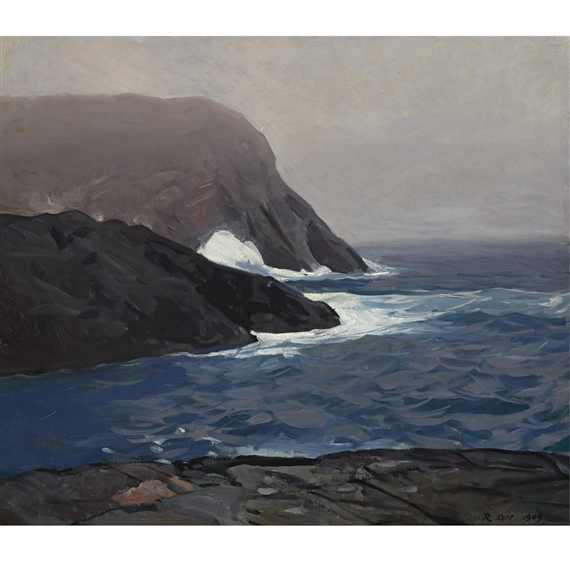All rocks are not the same. The same brushstrokes that suggest the sandstone and shale ledges of Kaaterskill Falls in New York are inappropriate for the Maine Coast. Nor are all rocks uniformly brown. In fact, rocks in Maine generally aren’t brown at all.
To the artist, nothing is more distinctive about Maine than the cradle of grey and pink granite in which it lies. Having meandered around fringes of the North Atlantic quite a bit this year (the Hebrides, Newfoundland, Nova Scotia, and New Brunswick), I am struck by how similar the coastline is in all of these places. The fingers of granite cutting into the ocean at Iona reach out as if to interlace with those at Eastport.
As part of the ongoing celebration of the National Park System’s centenary,Munsell has released a series of publications showcasing the soil colors of the national parks. It’s cute, and it includes Acadia.
Artists know that soil color is different in different places, but we seldom consider why. The underlying rocks, weathering, rainfall and tide play their parts. So too does organic matter, as we know from murder mysteries where the corpse is found in a shallow grave.
Maine is full of a soil formation called spodosol. This is infertile, acidic, and found mostly in boreal forests. It’s good for trees, blueberries and potatoes, and not much else. It’s part of the reason that spruces topple in winter gales here, and it’s actually pretty rare, making up less than 4% of soils worldwide. The observant artist notes the ways in which it influences the landscape: blueberry barrens, bogs, and fallen trees.
Schoodic Point in Acadia, where I teach my annual workshop, has some of the most beautiful rock formations in Maine. Black basalt dikes cut through pale pink granite in long lines running out to sea. These were formed by magma forcing its way into cracks in the older stone. Since they fracture faster than granite, they’re in control of the current pattern of erosion. The honest painter thinks about their color and fracture patterns, and doesn’t just throw in a generic rock face in the general area it’s needed.
I’ve included examples by three Maine painters who cared more about observation than current conventions in mark-making. Their work is now universally included in the canon of masters. There’s a hint in there: to succeed in the long run, you have to be serious about seeing.














